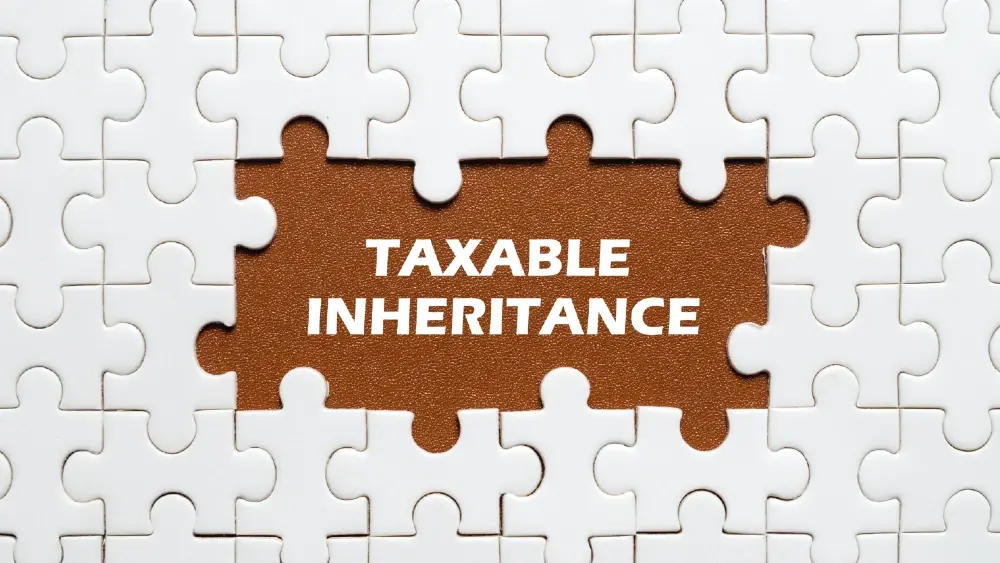Quiet Quitting vs Quiet Firing: A Definition
Quiet quitters who sneakily do the bare minimum to keep their jobs can infuriate their employers. And now some bosses are getting their own back.
They’re responding by ‘quiet firing’ their unengaged stealth-quitters. They’re sidelining them, re-allocating their work or leaving them out of prestigious projects – and all without the employees’ knowledge.
Other quiet firing tactics include overloading the quiet quitters with boring tasks, marginalising them, setting them up to fail – in short, making their lives so miserable that they have little alternative but to resign.
But it’s a dangerous strategy that can backfire and result in a constructive dismissal claim – potentially a very expensive one if the employee(s) can prove there was discrimination.
Psychological Warfare In the Workplace
There’s nothing new about sending unwanted employees to Coventry – just as there’s nothing novel about lazy employees swinging the lead and hoping that no-one notices.
But the terms ‘quiet quitting’ and ‘quiet firing’ have been gaining significant traction – first in the USA and now in the UK. It is effectively psychological warfare in the workplace as employee and employer strive to gain the upper hand in an unspoken arms race.
Some older workers are no stranger to the concept of quiet firing; they’ve long been on the receiving end – paradoxically because of their loyalty. When times get tough, it can be very expensive to make veteran employees redundant because of all their years of service.
So as a cheaper alternative, some employers try to find ways to ‘encourage’ them to resign. But it’s a very dangerous game to play because it can easily lead to allegations of constructive dismissal.
How Former Employees Can Prove Constructive Dismissal
Constructive dismissal refers to a situation where an employee resigns from their job due to the employer’s conduct. This conduct must be a serious and fundamental breach of the contract of employment, such as:
- failure to pay wages
- sudden demotion for no justifiable reason
- severe violation of the employee’s dignity
- allowing harassment or bullying by other employees
- a fundamental change in working conditions without the employee’s consent.
Former employees could claim on the basis of one serious incident – or on a series of events which collectively amount to a significant breach – known as the ‘last straw doctrine’.
To claim constructive dismissal, the employee must have resigned in response to the employer’s conduct, and they must have done so without undue delay. They must also have a minimum of two years of service with the employer.
And if an employee resigns without first trying to resolve the issue through their employer's grievance procedure – or by raising it with Acas – they may not be able to make a claim for constructive dismissal. In most cases, it is very important for the former employee to have allowed their employer the opportunity to address and deal with whatever concerns or complaints they had at the relevant time.
Furthermore, constructive dismissal is significantly different from other employment claims when it comes to the burden of proof…
Constructive Dismissal Shifts The Burden Of Proof To The Former Employee
In almost all employment tribunals in England and Wales, the burden of proof is on the employer. This means that the employer must provide evidence to support their case, and the employee does not need to prove their case (unless they are making a counter-claim).
Most employment tribunals are brought by employees, and the employer is usually on the defensive. The onus is on the employer to prove that they didn’t do whatever the aggrieved employee is alleging – be it discrimination, wrongful dismissal or failure to pay wages.
But in constructive dismissal cases, the burden of proof is on the former employee . This can lull some employers into a false sense of security (unless the employee has them bang to rights on an unpaid wages claim which – being based on accounts – is easier to verify).
And that false sense of security could prove very costly because some employees are very switched on now. They’ve seen enough in the media and on the internet to know about keeping a diary of their employer’s transgressions.
Furthermore, keeping that diary is much easier than it used to be. No longer do they have to reach for antiquated pen and paper. Mobile phones all have calendars, notetaking and other apps that make it very quick and easy to secretly keep a daily log. They could be doing it under your nose while appearing to be working.
How Do I Legally Fire A Quiet Quitter?
Always get legal advice from a solicitor specialising in employment law. Do not attempt anything hasty, no matter how annoying the employee’s behaviour may be.
- Investigate: Before taking any action, it’s important to thoroughly investigate the circumstances surrounding the employee’s behaviour. This may involve speaking with the employee, their colleagues, and any witnesses to the employee’s conduct.
- Document: Keep detailed records of the employee’s behaviour, including any instances of absenteeism or disengagement.
- Address: If possible, it is best to address the employee’s behaviour with them directly. This could involve setting clear expectations for their conduct, providing them with additional support or training, or addressing any underlying issues that may be contributing to their disengagement.
- Discipline: If the employee’s behaviour does not improve, you should follow your company’s disciplinary procedure. This will typically involve issuing the employee with a warning. It may progress to suspension or termination of employment if the behaviour continues.
- Termination of employment: If it is necessary to terminate the employee’s employment, you must give them the notice required under their contract of employment or pay them in lieu of notice.
- Be fair and consistent: It’s important to be (and be seen to be) fair and consistent when dealing with any disciplinary action, including termination of employment. This means that similar behaviour should be treated in the same way, regardless of the employee involved.
-
It is also important to note that an employee who resigns without giving notice is not entitled to redundancy pay or statutory notice.
Get Expert Legal Advice
Phone or email Coles Miller employment solicitor Hugh Reid for specialist legal advice on employment contracts, disciplinary procedures, terminating contracts of employment and making workers and employees redundant. He is based at our Poole town centre head office.







